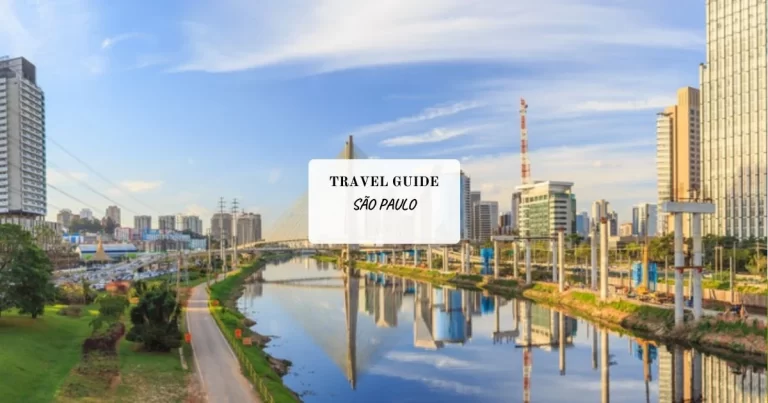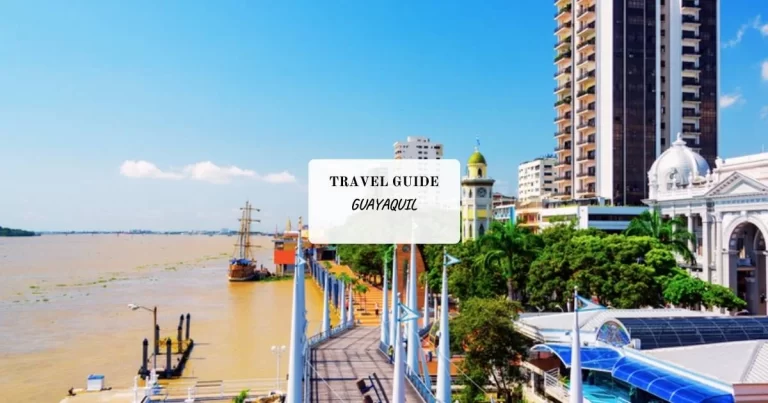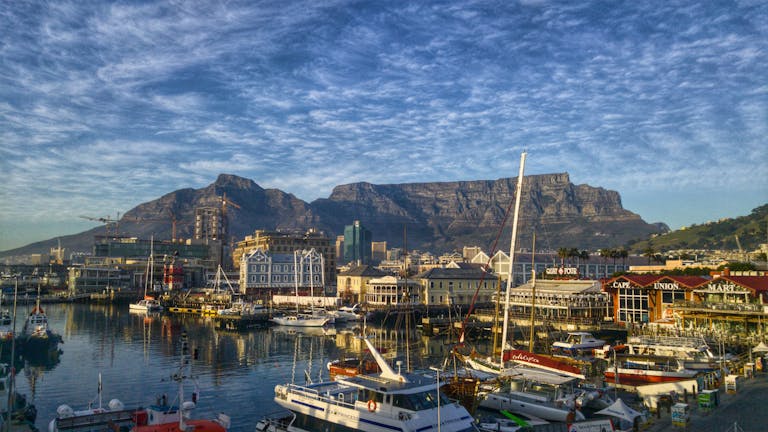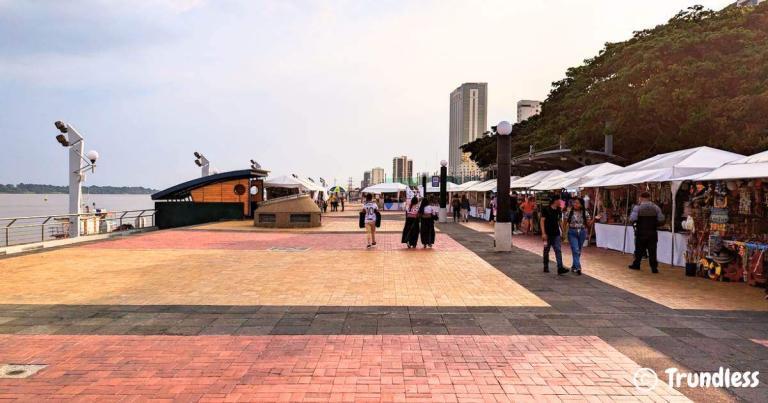Explore the Enchanting Greek Islands: A Complete Guide
Greece, an archipelago nestled in the heart of the Mediterranean, boasts an extensive collection of islands scattered across the Aegean and Ionian Seas. This stunning country is home to a staggering number of islands, with estimates ranging from 1,200 to 6,000.
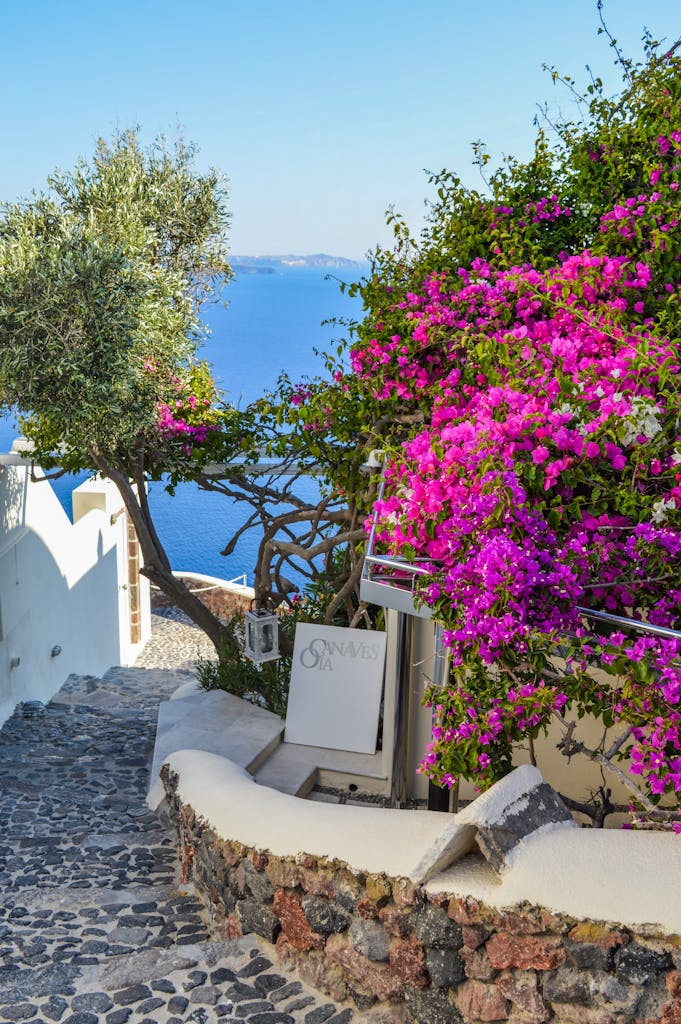


The Greek islands are celebrated worldwide for their unique charm and diverse attractions. Whether you’re drawn to vibrant nightlife or tranquil retreats, these islands offer something for every traveler. The most popular destinations include Mykonos and Santorini, known for their breathtaking scenery and lively atmosphere.
Discover the Beauty of the Greek Islands
The allure of the Greek islands lies not only in their natural beauty but also in their rich history and cultural heritage. These islands have been captivating visitors for centuries, making them a must-visit destination on any traveler’s list.
Here are some key features of the Greek islands:
- Aegean Sea: Dominated by island groups like the Cyclades and Dodecanese
- Ionian Sea: Home to the beautiful Ionian Islands
Understanding the Count of Greek Islands
The number of islands in Greece is a subject of frequent debate, with estimates ranging from 1,200 to 6,000. This wide range stems from different criteria and methodologies used to count and classify these islands.
Varying Estimates
- Smaller Islets and Rocks: Many tiny islets and rocks are scattered across the Aegean and Ionian Seas. Some sources include these in their counts, leading to higher estimates.
- Geographical Definitions: Differences in geographical definitions also contribute. For instance, some counts may include only larger landmasses, while others account for even the smallest formations.
Inhabited vs. Uninhabited Islands
Classification as inhabited or uninhabited significantly impacts the count:
- Inhabited Islands: According to various sources, there are between 166 and 227 inhabited islands. These are defined as having a permanent population.
- Uninhabited Islands: The majority of Greek islands remain uninhabited. The criteria for this category include lack of permanent residents but may still host seasonal visitors or temporary settlements.
Contributing Factors to Different Counts
Several factors contribute to varying island counts:
- Survey Methods: Different survey methods yield different results. Satellite imagery might capture more small islets than ground surveys.
- Administrative Boundaries: Administrative decisions can influence counts. Regions may classify certain landforms differently based on local governance.
- Historical Records: Historical records often differ from modern surveys, adding another layer of complexity.
Understanding these criteria helps clarify why there’s no single definitive number for the Greek islands. This extensive archipelago offers a diverse range of locations waiting to be explored, each with its unique charm and characteristics.
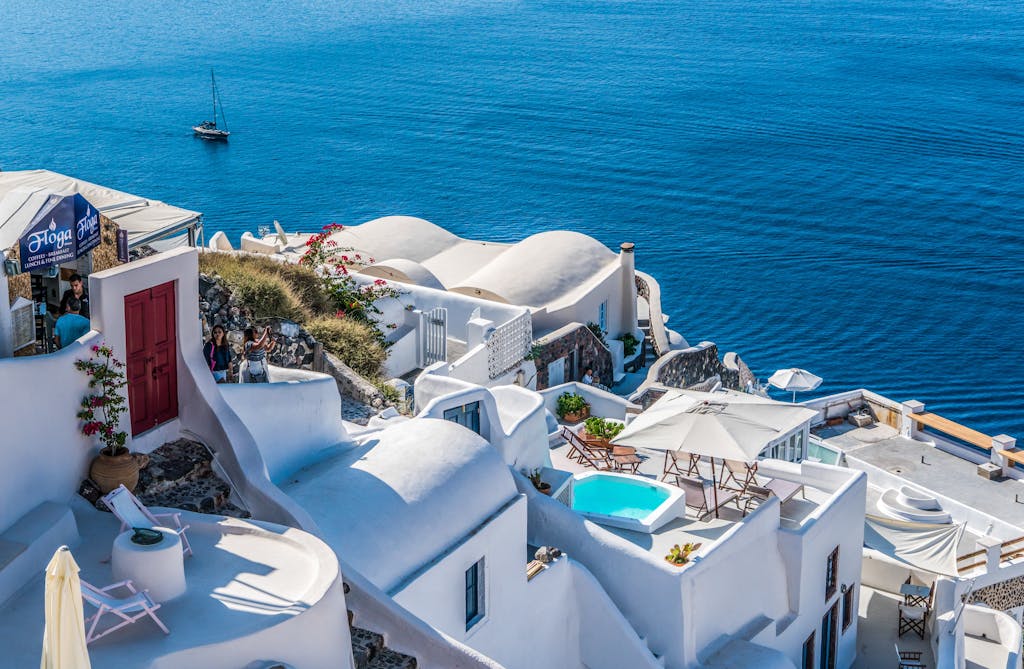
Explore the Major Island Groups
1. Cyclades
The Cyclades is a famous group of islands in the Aegean Sea, known for its:
- Picturesque white-washed buildings
- Crystal-clear waters
- Charming villages
The group consists of around 220 islands, with some of the most famous being Mykonos and Santorini.
Mykonos: The Party Paradise
Mykonos stands out for its vibrant nightlife and cosmopolitan atmosphere. Often referred to as the “Ibiza of Greece,” Mykonos attracts visitors from all over the world looking to enjoy its lively beach clubs, bars, and nightclubs. The island also boasts stunning beaches such as Paradise Beach and Super Paradise Beach, which are perfect for both relaxation and parties.
Key Attractions in Mykonos:
- Little Venice: A unique area where colorful houses are built right on the water’s edge.
- Windmills: Iconic landmarks that offer a glimpse into Mykonos’ history and provide excellent photo opportunities.
- Matogianni Street: Famous for its shops, cafes, and vibrant atmosphere.
Santorini: The Romantic Getaway
Santorini is renowned for its breathtaking sunsets, particularly in the village of Oia. This island is also known for its dramatic landscapes formed by volcanic activity, including steep cliffs and black sand beaches. Santorini offers a more laid-back experience compared to Mykonos but is equally captivating with its romantic ambiance.
Key Attractions in Santorini:
- Oia Village: Famous for its stunning sunset views and charming narrow streets.
- Fira Town: The bustling capital with numerous shops, restaurants, and bars.
- Red Beach: Known for its unique red volcanic sand and clear blue waters.
The Cyclades offer a diverse range of experiences that cater to different types of travelers. Whether you’re looking to party all night or relax while watching one of the world’s most beautiful sunsets, this island group has something for everyone.
Other Islands in the Cyclades
Each island in the Cyclades has its own unique charm and attractions:
- Paros: Known for its traditional villages and beautiful beaches.
- Naxos: The largest island in the Cyclades, offering rich history and lush landscapes.
- Ios: Popular among younger crowds for its energetic nightlife.
The Cyclades remain a must-visit destination within Greece’s extensive archipelago. Their beauty, culture, and vibrant atmosphere make them unparalleled gems in the Aegean Sea.
2. Dodecanese Islands: A Blend of History, Architecture, and Natural Beauty
The Dodecanese Islands form a significant group in the southeastern Aegean Sea, close to the coast of Turkey. The name “Dodecanese” translates to “twelve islands,” though the group consists of more than twelve islands and numerous islets. This region stands out for its unique blend of Greek and Eastern influences.
Key characteristics of the Dodecanese include:
- Rich Historical Significance: The islands boast a rich history dating back to antiquity, reflecting various cultural layers from ancient Greek, Roman, Byzantine, and Ottoman periods.
- Architectural Marvels: The architecture here is diverse, featuring medieval castles, ancient ruins, and traditional Greek homes.
Rhodes: The Jewel of the Dodecanese
Among the Dodecanese Islands, Rhodes is the largest and most notable. Known as “The Island of the Knights,” it offers a wealth of historical and cultural attractions.
- Explore the Medieval City of Rhodes
- A UNESCO World Heritage site, this medieval city encapsulates a vibrant past with well-preserved structures like the Palace of the Grand Master.
- Discover the Ancient Acropolis of Lindos
- Overlooking the sea, this acropolis provides stunning views and insights into ancient Greek civilization.
- Relax on Beautiful Beaches and Resorts
- Rhodes also attracts tourists with its beautiful beaches and luxurious resorts.
- Exploring Rhodes gives you an opportunity to delve into its multifaceted history while enjoying modern amenities. Its strategic location made it a crossroads for various civilizations, adding depth to its cultural landscape.
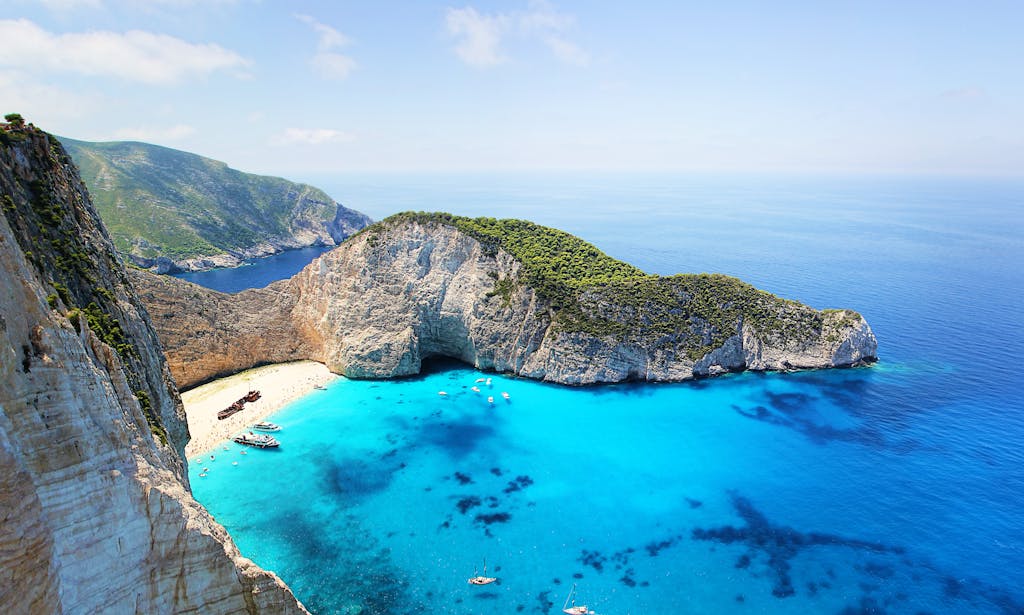
3. Sporades Islands: A Hidden Gem in Greece
The Sporades Islands offer a different flavor of Greek island life, distinct from the Cyclades and Dodecanese groups. This archipelago is situated along the eastern coast of mainland Greece, primarily in the Aegean Sea.
What Makes the Sporades Group Special?
1. Natural Beauty
The Sporades are known for their lush landscapes, dense pine forests, and crystal-clear waters.
2. Tranquility
Unlike the bustling Cyclades islands like Mykonos and Santorini, many of the Sporades islands provide a more peaceful retreat.
3. Accessibility
These islands are easily reachable by ferry from the port city of Volos and other parts of mainland Greece.
Lesser-Known Yet Charming Islands to Explore
While not as famous as some other Greek islands, the Sporades have their own hidden gems worth exploring.
- Skiathos
- Known for its vibrant nightlife and stunning beaches such as Koukounaries Beach.
- Offers a mix of lively atmosphere and serene spots for relaxation.
- Skopelos
- Gained international fame as the main filming location for the movie “Mamma Mia!”.
- Features picturesque villages with traditional white-washed houses.
- Alonnisos
- Ideal for nature enthusiasts, home to the National Marine Park with its rich biodiversity.
- Offers excellent opportunities for hiking and wildlife spotting.
- Skyros
- Combines elements of both Cycladic and Sporadic architecture.
- Famous for its traditional festivals and local crafts.
These islands may not have the same level of international recognition as Mykonos or Rhodes, but they offer unique experiences that make them worth visiting. Whether you’re interested in vibrant nightlife, natural beauty, or cultural heritage, the Sporades group has something special to offer.
4. Ionian Islands
The Ionian Islands have their own special appeal that sets them apart from other groups of Greek islands like the Cyclades, Dodecanese, and Sporades. Situated in the Ionian Sea, these islands are famous for their lush greenery, Venetian architecture, and incredibly clear waters.
What Makes the Ionian Islands Stand Out:
- Abundance of Greenery: Unlike the dry landscapes of the Cyclades Islands, the Ionian Islands are blessed with lush hills and valleys.
- Influence of Venice: The architecture on these islands reflects the centuries of Venetian rule, with elegant buildings and fortresses scattered throughout.
- Unspoiled Waters: Pristine beaches with turquoise waters make these islands a paradise for both swimmers and divers.
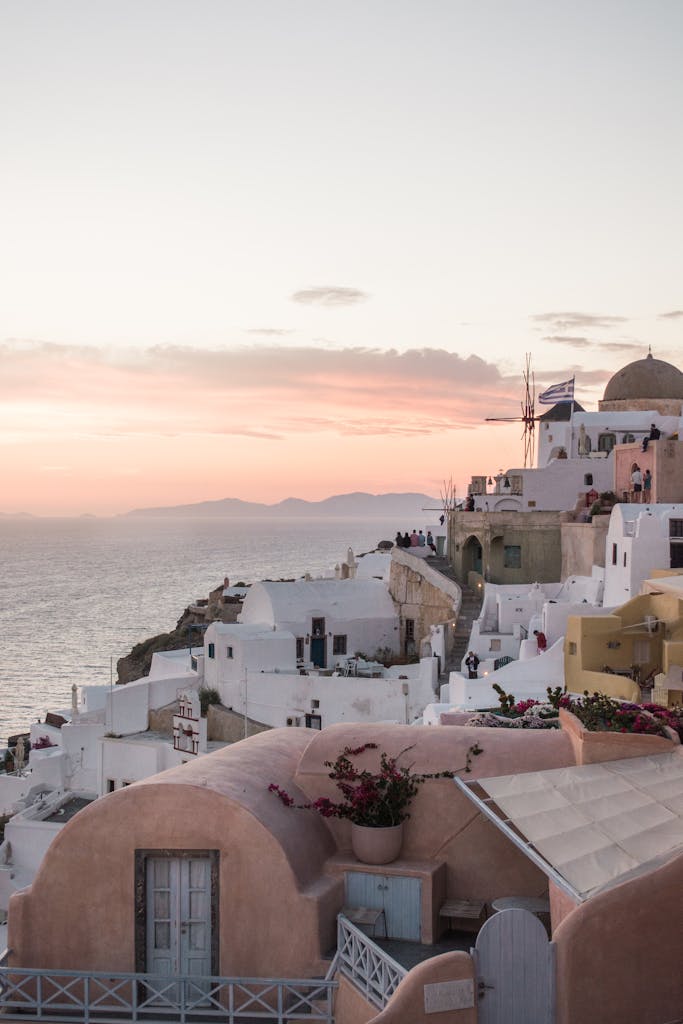
Top Places to Explore in the Ionian Islands:
- Corfu: Renowned for its breathtaking natural beauty, Corfu is one of the most popular islands in this group. Its combination of historical landmarks and vibrant nightlife attracts a diverse range of visitors.
- Must-see attractions: The Old Town of Corfu, recognized as a UNESCO World Heritage site; Paleokastritsa Beach; Achilleion Palace.
- Zakynthos (Zante): Famous for Navagio Beach (also known as Shipwreck Beach), Zakynthos offers striking cliffs and crystal-clear blue seas that are perfect for exploring by boat.
- Must-see attractions: Navagio Beach; Blue Caves; Caretta-Caretta turtles at Laganas Bay.
- Kefalonia: As the largest of the Ionian Islands, Kefalonia is known for its rugged landscapes and delightful villages.
- Must-see attractions: Myrtos Beach; Melissani Cave; Assos Village.
- Lefkada: Linked to mainland Greece by a bridge, Lefkada boasts world-famous beaches and excellent windsurfing conditions.
- Must-see attractions: Porto Katsiki Beach; Egremni Beach; Vasiliki Bay.
These exceptional characteristics and popular destinations make the Ionian Islands an essential destination for anyone seeking to discover Greece’s diverse island scenery.
5. Argo-Saronic Islands
The Argo-Saronic Islands are located in the Saronic Gulf, close to mainland Greece. They are easy to reach from Athens, making them ideal for short trips and weekend getaways.
Discovering Hydra
Hydra is the most notable island in the Argo-Saronic group. What sets it apart are its charming harbor towns and unique appeal. With its historic buildings and lively arts scene, Hydra offers a perfect blend of culture and relaxation that attracts visitors from all over.
Here are some of the top attractions on Hydra:
- No Cars Allowed: One of Hydra’s most distinctive features is its ban on motor vehicles. Instead, people get around using donkeys or bicycles, which helps maintain the island’s peaceful atmosphere.
- Breathtaking Harbor Views: The harbor is surrounded by cozy cafes, stylish shops, and traditional stone mansions, creating a picturesque backdrop for both unwinding and discovering.
- Rich Cultural Heritage: Hydra’s past comes alive through its well-preserved architecture and numerous art galleries. Many artists and writers have found inspiration on this island throughout history.
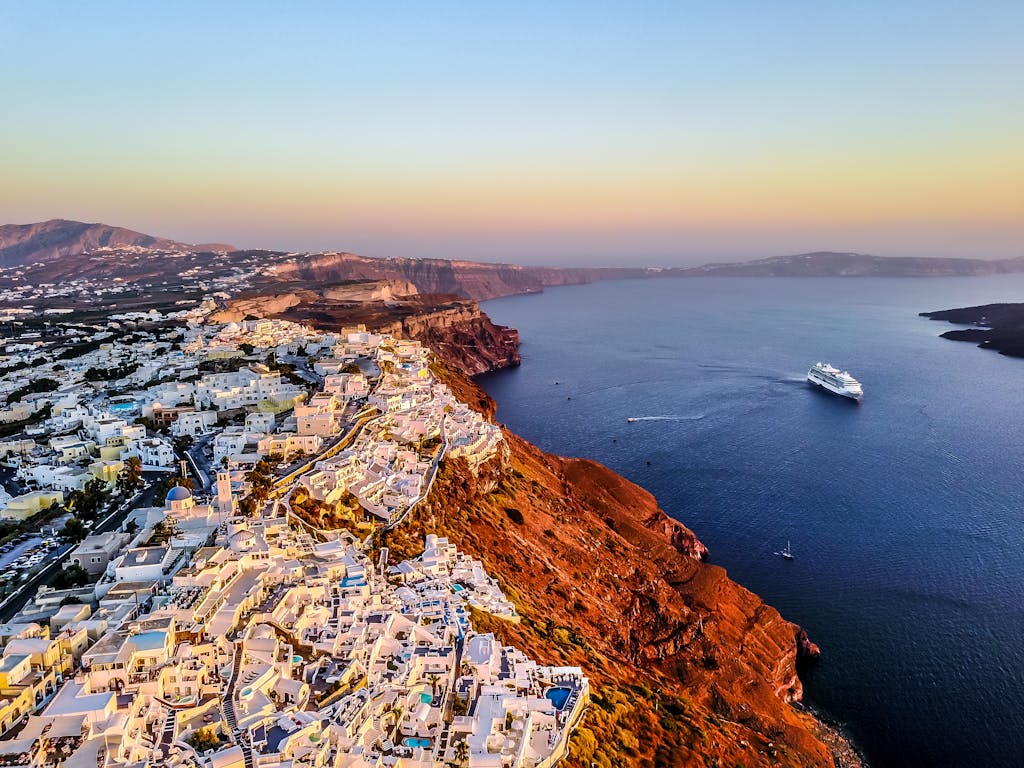
Other Islands Worth Exploring
In addition to Hydra, there are other noteworthy islands in the Argo-Saronic group:
- Aegina: Renowned for its pistachio orchards and ancient remains. History enthusiasts shouldn’t miss the Temple of Aphaia on Aegina.
- Poros: Famous for its verdant pine forests and vibrant nightlife. Poros offers a delightful combination of natural beauty and energetic entertainment.
- Spetses: This island boasts grand mansions and stunning beaches. Spetses also played a significant role in the Greek War of Independence.
A Glimpse into Greece’s Diverse Heritage
Exploring the Argo-Saronic Islands gives you a taste of Greece’s rich cultural past. Each island has something unique to offer, whether it’s historical landmarks or peaceful scenery, making them cherished destinations for travelers.
These islands are part of Greece’s vast collection of stunning archipelagos, alongside famous groups like the Cyclades, Dodecanese, Sporades, and Ionian Islands. While they are conveniently close to Athens, their individual character provides a refreshing escape from the busy capital city.
The Significance of the Largest Greek Islands
Crete
Crete, the largest Greek island, spans an impressive 8,336 square kilometers. This island holds immense cultural and historical significance. Being the cradle of the Minoan civilization, often regarded as Europe’s first advanced society, Crete boasts ancient ruins such as the Palace of Knossos.
Key highlights of Crete:
- Historical Sites: The Palace of Knossos and other archaeological sites provide glimpses into ancient times.
- Natural Beauty: Landscapes range from stunning beaches to rugged mountains.
- Culinary Delights: Known for its rich cuisine, featuring local produce and traditional dishes like dakos and moussaka.
Euboea
Euboea (also known as Evia), covering 3,670 square kilometers, is second only to Crete in size. Despite being less famous than some other islands, Euboea plays a crucial role in Greece’s economy and offers unique attractions.
Key aspects of Euboea:
- Economic Contributions: Its fertile plains support agriculture, while the island’s marble quarries are renowned.
- Rich History: Ancient cities like Eretria offer historical insights.
- Diverse Landscapes: From coastal towns to mountainous regions, Euboea provides a variety of natural settings.
Exploring these largest Greek islands reveals a blend of historical depth and vibrant contemporary culture. Crete and Euboea each offer distinct experiences that contribute significantly to Greece’s allure.
Island Hopping and Tourism Experiences in Greece
Tourism in Greece thrives on the allure of its islands, each offering unique experiences that attract visitors from around the globe. Island hopping is a favored activity, allowing tourists to explore multiple islands within a single trip, which enhances the richness of their journey.
Role of Greek Islands in the Country’s Tourism Industry
- Economic Impact: The islands are pivotal to Greece’s tourism sector, contributing significantly to the national economy. They draw millions of tourists annually, boosting local businesses and creating jobs.
- Diverse Attractions: From bustling urban centers to serene landscapes, the Greek islands cater to diverse preferences. This versatility ensures that there’s something for every traveler.
Popular Attractions and Unique Cultural Experiences
1. Historical Sites
- Rhodes: Known for its medieval architecture and historical significance, including the famous Palace of the Grand Master.
- Delos: Offers a glimpse into ancient Greek civilization with its well-preserved archaeological sites.
2. Natural Beauty
- Santorini: Famous for its breathtaking sunsets and volcanic beaches.
- Zakynthos: Home to Navagio Beach, one of the most photographed spots in Greece.
3. Cultural Festivals
- Mykonos: Renowned for vibrant nightlife and annual cultural festivals celebrating music and arts.
- Corfu: Hosts traditional festivals like Easter celebrations that showcase local customs.
4. Adventure Activities
- Crete: Ideal for hiking enthusiasts with trails such as the Samaria Gorge.
- Naxos: Offers water sports like windsurfing and kitesurfing.
5. Local Cuisine
Each island boasts its own culinary specialties:
- Crete: Known for dishes like Dakos and local cheeses.
- Lesbos: Famous for its olive oil production and ouzo.
The blend of historical landmarks, stunning natural scenery, cultural festivities, adventurous activities, and exquisite cuisine makes Greek islands an unparalleled destination. These experiences ensure that every visit is memorable and enriching.


